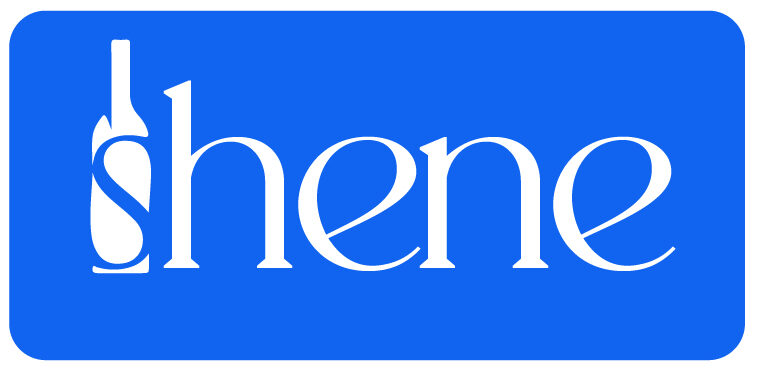The “Clean Wine” Movement prompted marketing changes.
You have undoubtedly heard “clean wine” in the last few years. What does it mean? Nothing, literally. It is a marketing term used by celebrities and social media-heavy businesses to appeal to the Goop crowd. This includes new wine drinkers and those who are not familiar with wine. Winemakers don’t have to list wine’s ingredients on a bottle. Canny profiteers, sensing the zeitgeisty need for something “clean” or pure, cast doubts on the entire industry by claiming their wine is “authentic” or “clean,” with no added sugar and made from grapes that meet strict regional standards. This implied that all other wines didn’t comply with those standards.
Some wines don’t compare. Many mass-market wines are heavily processed and may contain sweeteners or colouring. Winemakers who are proud of the wines they make don’t need or want to resort to these tactics. They have been producing what marketers call “clean wines” for years.
Initial reactions to the clean-wine movement were outrage and frustration by winemakers and sommeliers. After all, these were the type of people who already knew that many winemakers–not just those certified as organic or biodynamic, but a plethora of others who employ good winemaking practices–had long been making the terroir-driven, minimal-intervention, chemical-free wines that these new wine companies claimed to be inventing.
“Wineries small and large have been growing organically and biodynamically over many years, sometimes for centuries, because they believe that the planet’s long-term sustainability is their goal,” said Vanessa Conlin, a Master in Wine and head of wine at Wine Access. They also make minimal or no intervention in the winery. This implies that their wines are not “clean” and are detrimental to consumers. She also points out that Demeter, California Certified Organic Farms and other organizations have certified many of these wineries.
The so-called “clean wines” movement has forever changed wine marketing. It has also added urgency to the push for transparency and measurable climates within the industry.
It would be easy to dismiss clean wine as a fraud used by marketers to seize a share of the $52.5 million wellness market. This market is funded by mass-market consumers who want ” wellbeing without deprivation“. However, some brands see a real opportunity. Many are currently retooling their marketing and, to a lesser extent, their farming and production methods to capture the growing clean-wine market. It’s transforming how a few big wine brands speak to the public about their work in the vineyard, cellar and beyond.
Exceeding Expectations and Sharing Information
Fetzer Vineyards launched Mendocino County’s Bonterra Organic Vineyards in 1987. They helped pioneer large-scale organic and biodynamic winemaking. Bonterra currently produces approximately 500,000 bottles each year, selling for about $12 per bottle. Fetzer sells over 2.6 million cases of wine annually from organically and biologically farmed vineyards throughout California.
Fetzer and Bonterra found it a challenging but ultimately inspiring experience to watch the clean wine movement enter the market. Rachel Newman, vice president of marketing for Fetzer and Bonterra, says that it was an “Aha!” moment. The clean wine movement was new to the majority of consumers. We wanted to respond thoughtfully and measured. We asked ourselves, “Do we even want to play in this space?” But we eventually realized that we had the opportunity to meet consumers where we are and invite them to see how clean our wine is. And how we go above and beyond clean in our farming and production practices.
